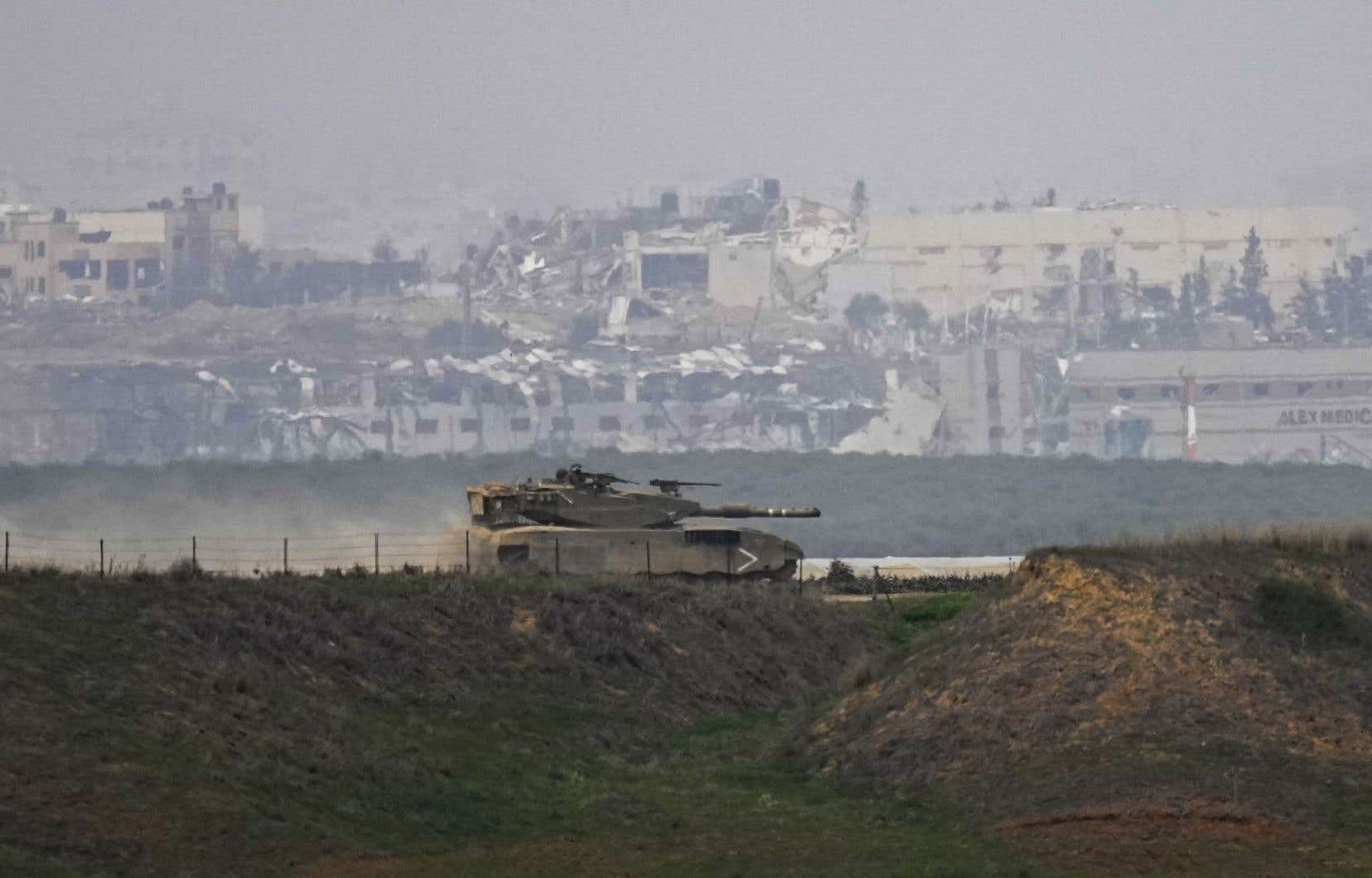After more than 80 days of Israeli strikes on Gaza, following the October 7 attack by Hamas, what is the outcome? More than 21,000 Palestinian civilians killed and 1,200 Israeli casualties at the hands of Hamas. Destruction as far as the eye can see in the Gaza Strip. Israeli hostages still held. And the war is likely to last for a long time, according to an expert.
In just over two months of near-relentless airstrikes, the Israeli army has killed more than 21,110 Palestinians, 70 percent of whom are women and children, according to the Gaza Health Ministry. For its part, Hamas caused 1,200 Israeli victims on October 7. 2023 is the deadliest year in Gaza and Israel since at least 2008, United Nations data shows. This year, like previous years, data shows that the war is disproportionately affecting the Palestinian side.
For comparison, Russia’s invasion of Ukraine, which began on February 24, 2022, left just over 10,000 Ukrainian civilians dead in 84 weeks of combat. This equates to around 119 deaths per week. In Gaza, which has seen more deaths over a much shorter period, this figure rises to 1,823 civilians killed per week.
Hospitals, schools and refugee camps have also been the target of Israeli raids. The Gaza Strip, under the yoke of a total blockade imposed by Israel limiting access to water, electricity, food and gas, is facing an “unprecedented” humanitarian crisis, according to the United Nations.
The UN Office for the Coordination of Humanitarian Affairs revealed in a report in November that at least 1.13 billion US dollars would be needed to respond to humanitarian needs in Gaza. Nearly a third of this amount would be used to meet food security needs, according to the report.
A war that lasts
“With the destruction of war and the humanitarian crisis, we begin to question what will come next,” analyzes Rex Brynen, professor in the Department of Political Science at McGill University. According to him, peace is no longer an option: the shock of October 7 in Israel, as well as the violence of the Israeli response in the Gaza Strip have destroyed hopes of peace talks.
The Hamas attack created, in Israel, “rage, anger and fear” which justified the scale of the destruction in Gaza in the eyes of the Israelis. The goal is clear: destroy Hamas, whatever the cost. Even if, on the international scene, more and more countries, including Canada, support a call for a ceasefire in the Gaza Strip.
Post-war Gaza will not be resolved with a one- or two-state solution, according to Brynen. Israel risks occupying Gaza for a long time in the coming months. “Israel opposes the Palestinian Authority playing any role in the governance of Gaza. […] And the involvement of a third party would be seen as an attempt at occupation” on both sides, he explains.
Even if we see a reduction in the intensity of the Israeli military offensive in the coming months, “Israel risks occupying parts of Gaza for a prolonged period.” […] There will be fewer ground operations, or occasional raids. But it could last a decade,” notes the expert.
The conflict also risks flaring up elsewhere than in Gaza. The expert points, for example, to the intensification of hostilities in the West Bank between Israelis and Palestinians, the rise in tensions in southern Lebanon between Israel and Hezbollah, as well as the instability of its Syrian neighbor. “There is no guarantee that there will be an end to this war,” emphasizes Mr. Brynen.
